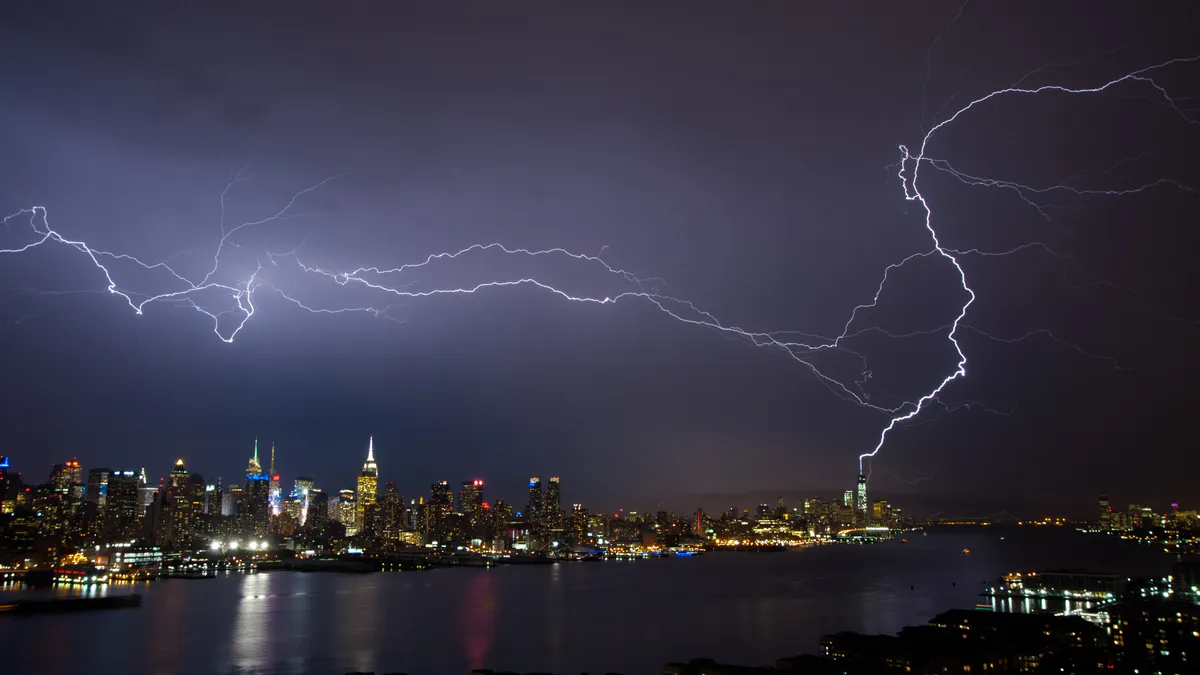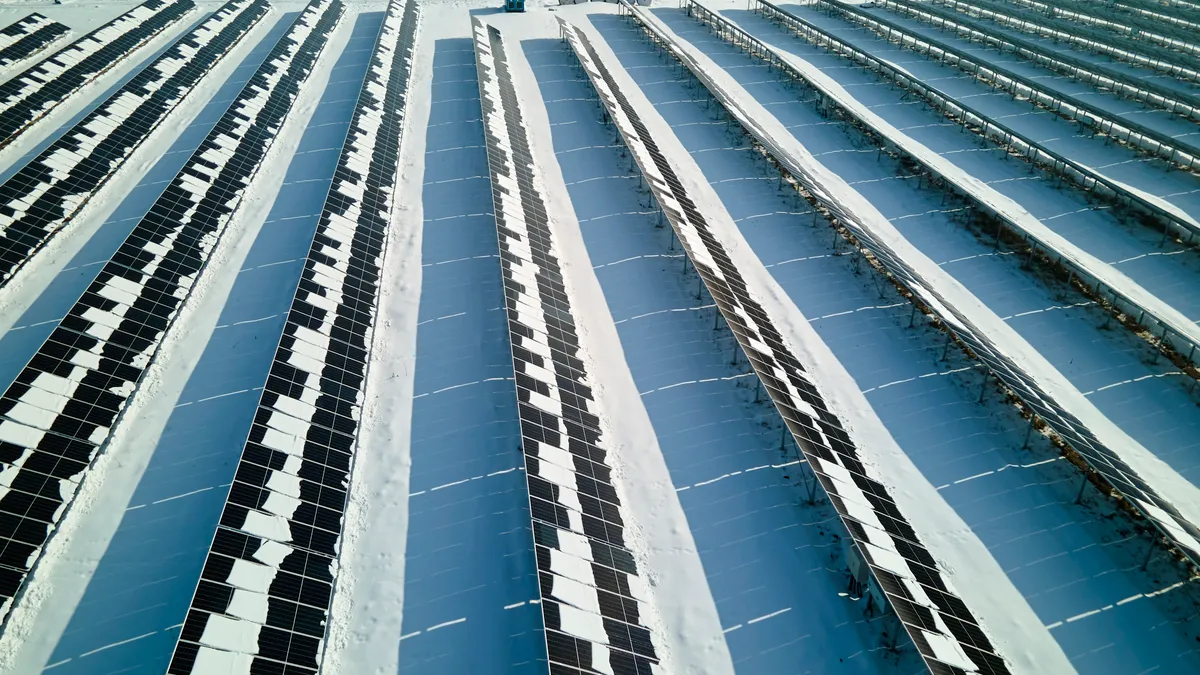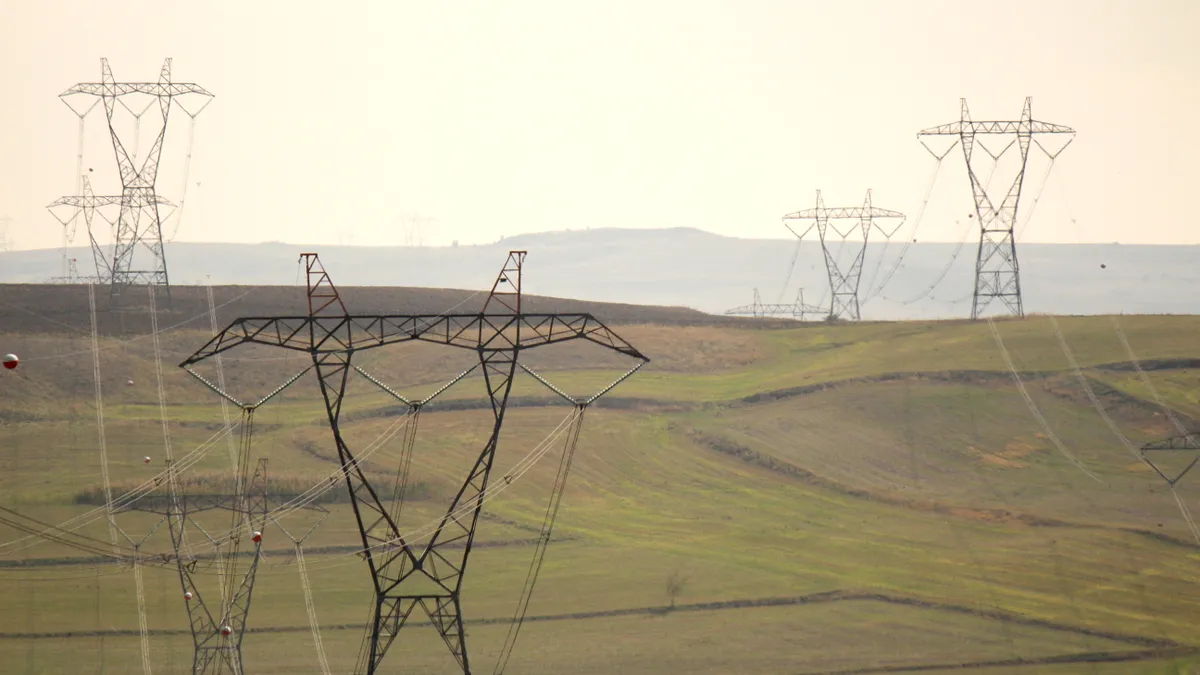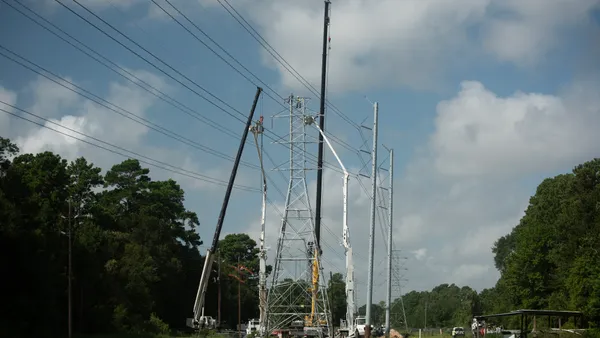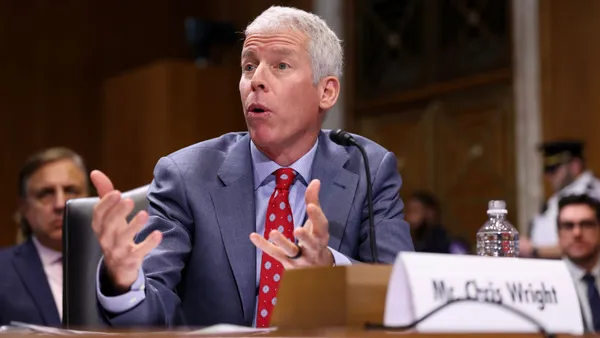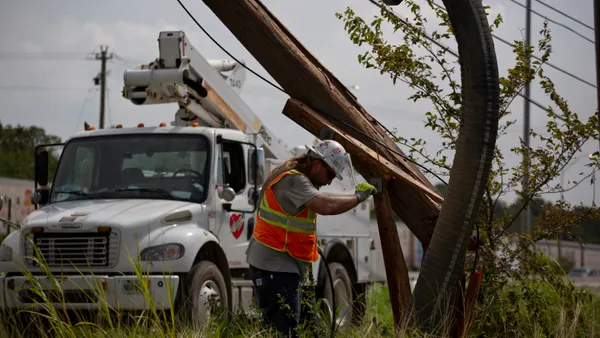Dive Brief:
- United Illuminating has proposed a $50 million rate increase that will help pay for four storm resiliency projects, following widespread outages resulting from storms in 2011 and 2012, the Milford-Orange Bulletin reports.
- The projects include relocating a substation serving 8,000 customers, which the utility said is at "significant risk for damage from coastal flooding."
- The utility's storm resiliency plan was developed as part of a settlement agreement with the state of Connecticut, which paved the way for approval of the merger last year of UIL Holdings Corporation and Iberdrola USA.
Dive Insight:
In the wake of Hurricane Sandy in 2012, Northeastern states have scrambled to figure out methods to protect infrastructure—including the grid—from the worst storm impacts.
Following Tropical Storm Irene in 2011 and Super Storm Sandy in 2012, UI invested $15 million to provide short-term protection of coastal substations against flooding and is working to automate storm response systems.
UI customers have faced large outages during recent storms, and so some portions of the rate increase will go to accelerate programs underway. But the news outlet noted the utility has another $100 million proposed rate increase on top of the storm upgrade proposals.
UI VP of Electric System Operations Joseph D. Thomas said the utility stands by its record of reliability and safety, but in a statement acknowledged "some parts of our grid could still be vulnerable to extreme weather and flooding. ... This plan identifies several projects we can undertake over the next four years to shore up those vulnerabilities and significantly reduce the likelihood thousands of customers will experience prolonged outages.”
The most expensive project will be relocation of the utility's Pequonnock Substation, estimated to cost $31 million, according to the statement. The station serves thousands of customers but UI said it "has been identified as at significant risk for damage from coastal flooding during storms." The project works alongside the relocation of the transmission portion of the substation by relocating the substation’s distribution components to higher ground.
UI also wants to spend $7.6 million creating nine circuit ties between remote areas of its grid, allowing for a faster restoration of customers in areas where an effective back-up is not readily available. More than $6 million would go to accelerate the upgrade of lower-voltage lines, transformers and related equipment, and to remove step-down banks that link them with the surrounding higher-voltage grid. A $5 million substation project would separate and bury underground feeder cables as they emerge from substations at three locations, but UI said it would not seek to recover those costs from customers.
Last year, a report from the Union of Concerned Scientists on the East Coast's grid vulnerabilities said a Category 3 storm would still flood a wide range of electric infrastructure. Rising sea levels could result in widespread devastation in the coming decades due to climate change impacts. This leaves more power plants vulnerable to flooding from similarly-sized storms. Some utilities, such as New York's Consolidated Edison, have already taken steps to guard against massive blackouts from storms by implementing microgrids and other methods to harden the grid.



